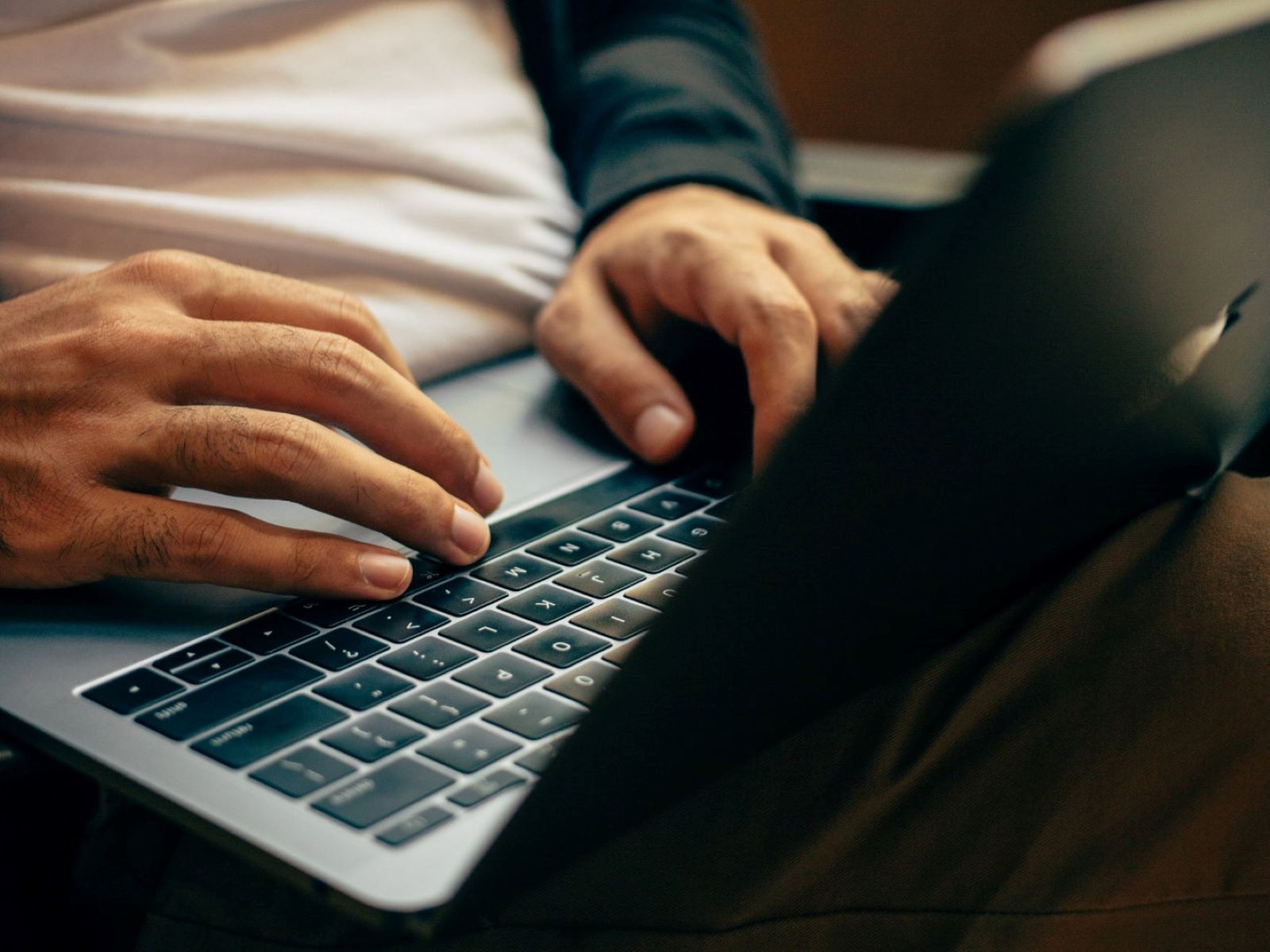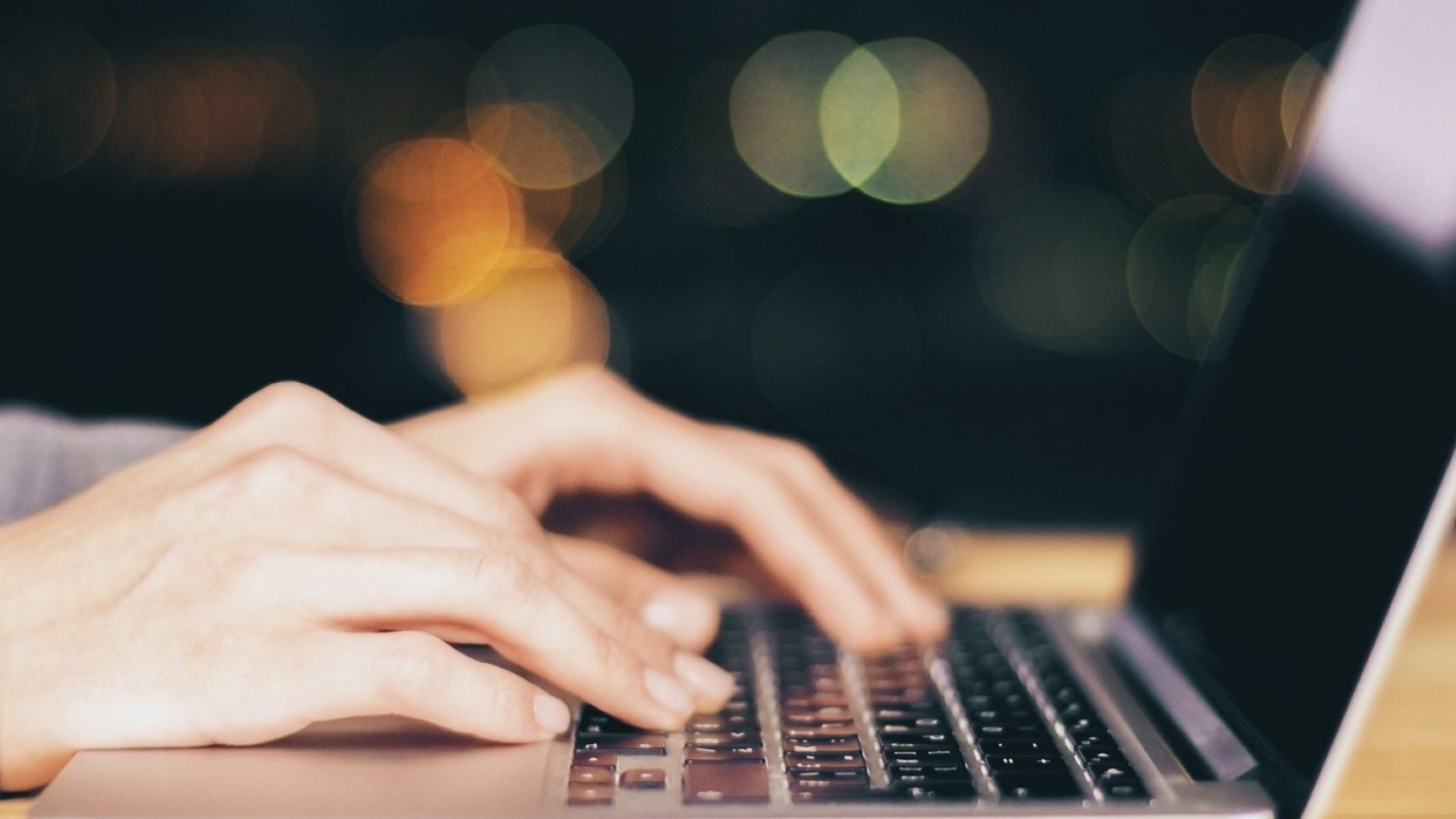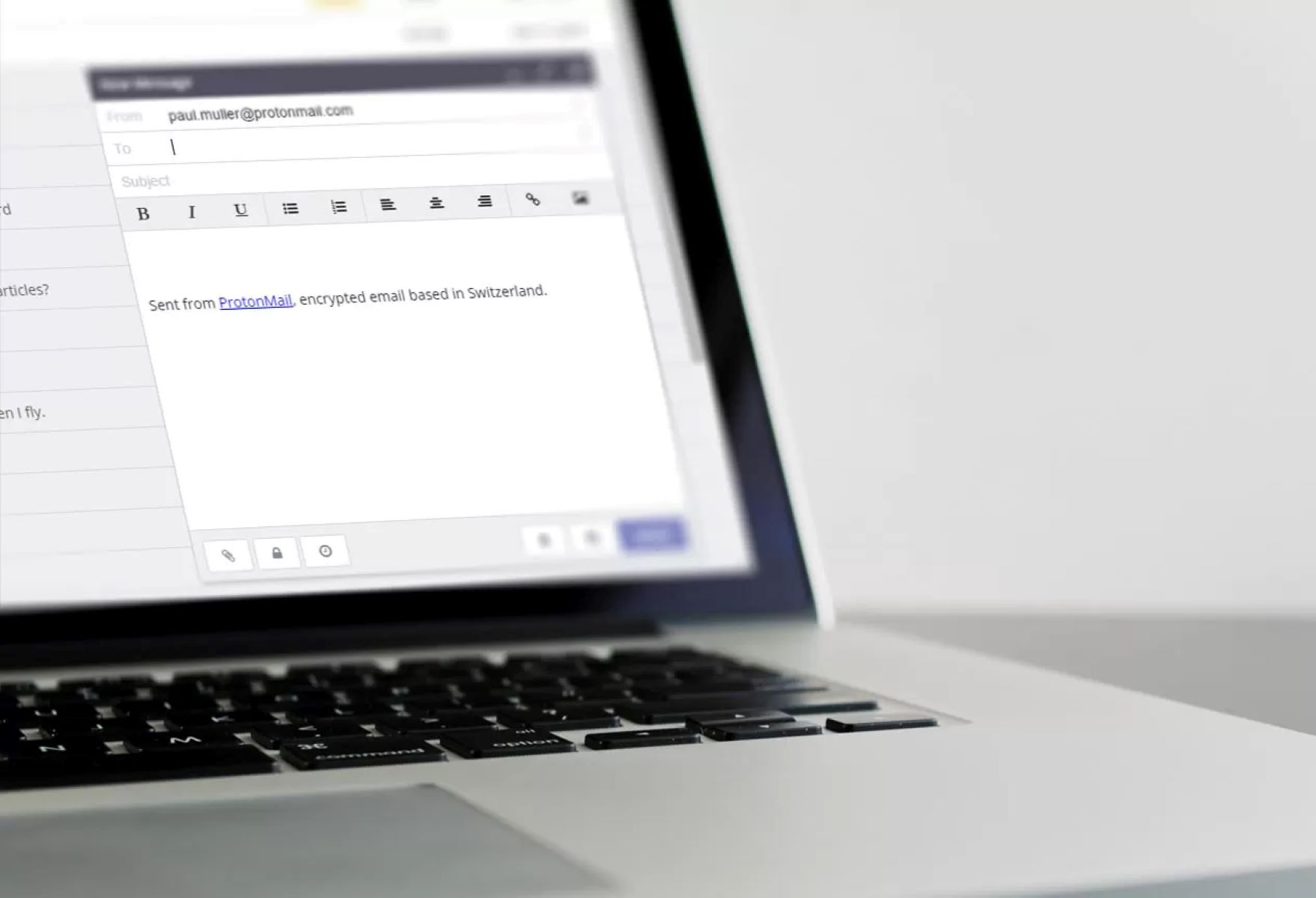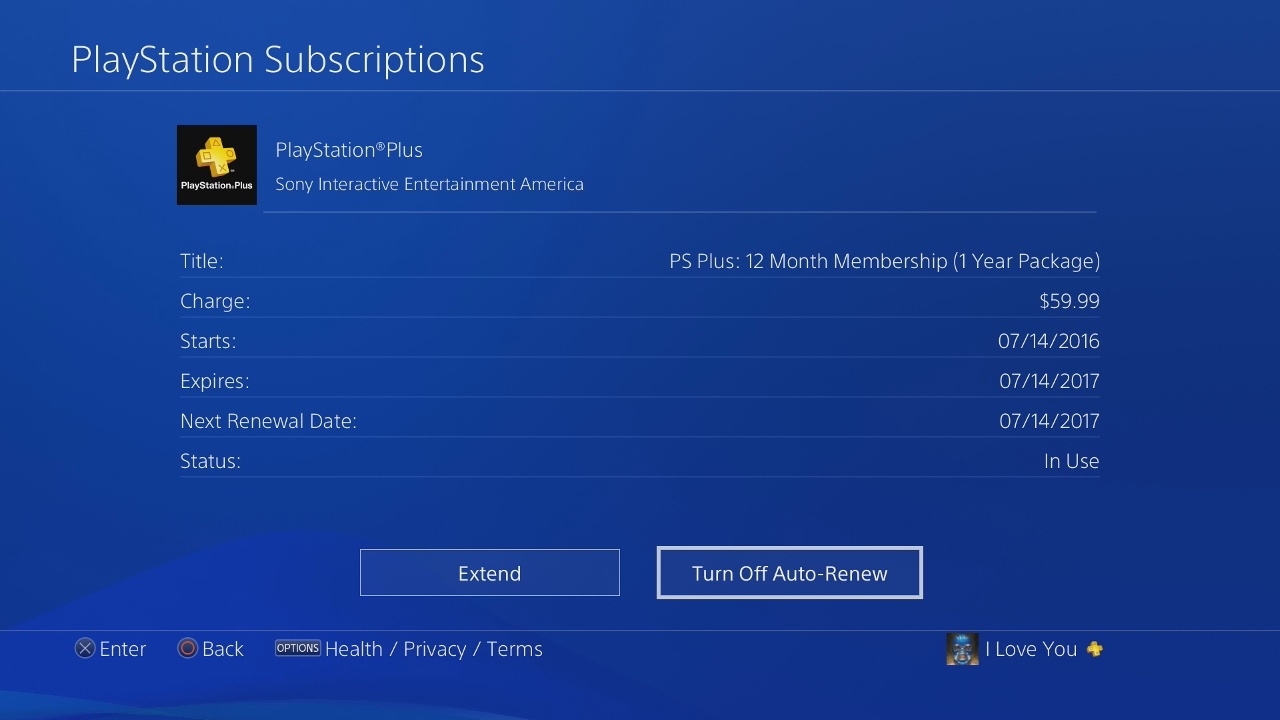Introduction
Sending a thank you email might seem like a small gesture, but it can have a significant impact on the recipient. Whether you’re expressing appreciation to a colleague, client, or business partner, a well-crafted thank you email can leave a lasting impression and strengthen your professional relationships.
In today’s digital age, email has become the go-to communication tool in the professional world. From job interviews to project collaborations, an email is often the medium through which we express gratitude. However, simply typing “thank you” and hitting send might not truly convey your appreciation. This is why it’s essential to master the art of saying thank you in an email effectively.
By writing a thoughtful and sincere thank you email, you can show your gratitude in a way that is genuine and memorable. It creates a positive impression and demonstrates professionalism. Additionally, thanking someone through email allows you to easily keep a record of the conversation and serves as a documentation of your gratitude. So, whether you’re expressing thanks for a job referral, a successful collaboration, or a thoughtful gesture, putting effort into crafting a well-worded email is always worth it.
In this article, we’ll explore the importance of saying thank you in an email, provide general tips for composing a thank you email, suggest different ways to express gratitude, offer example phrases you can use, and outline the dos and don’ts of writing a thank you email. So, let’s dive in and discover how you can make your thank you emails stand out and leave a positive impression.
Why Saying Thank You in an Email is Important
Expressing gratitude is a fundamental aspect of human interaction, and the same goes for professional relationships. While saying thank you in person is undoubtedly meaningful, sending a thank you email carries its own set of benefits. Let’s explore why saying thank you in an email is important:
- Shows appreciation: Sending a thank you email allows you to express your sincere gratitude for someone’s help, support, or contribution. It lets the recipient know that their efforts were noticed and valued.
- Strengthens relationships: Building and maintaining professional relationships is essential for success. By expressing gratitude through email, you foster a positive connection, show respect, and establish a sense of camaraderie with the recipient.
- Reflects professionalism: In the business world, professionalism is highly valued. Taking the time to write a well-crafted thank you email demonstrates your professionalism and attention to detail, which can leave a lasting impression on the recipient.
- Creates a positive impression: Sending a thank you email is an opportunity to showcase your character and gratitude. It helps you leave a positive impression and enhances your personal brand. People will remember you as courteous, thoughtful, and appreciative.
- Encourages collaboration and future assistance: When you express gratitude in an email, you create a positive atmosphere for future collaboration and encourage the recipient to offer assistance or support in the future. It cultivates a mutually beneficial relationship.
- Maintains open lines of communication: Sending a thank you email keeps the lines of communication open between you and the recipient. It enables you to continue the conversation and fosters a connection that can be beneficial for future interactions.
Overall, saying thank you in an email is important because it acknowledges the efforts and contributions of others, strengthens professional relationships, reflects professionalism, creates a positive impression, encourages collaboration, and maintains open lines of communication. By expressing your gratitude in writing, you can demonstrate your appreciation and lay the foundation for ongoing success in your professional life.
General Tips for Saying Thank You in an Email
When it comes to saying thank you in an email, there are some general tips you can follow to ensure your message is effective and well-received:
- Be prompt: Send your thank you email as soon as possible after the event or favor you are grateful for. This shows that you value the recipient’s time and effort.
- Use a clear and concise subject line: Make it obvious that your email is a thank you message by using a subject line like “Thank You” or “Appreciation for [specific action or event].” This helps the recipient identify the purpose of the email right away.
- Start with a warm greeting: Begin your email with a friendly and personalized salutation, such as “Dear [Name]” or “Hi [Name].” This sets a positive tone and creates a more personal connection.
- Express sincere gratitude: Clearly state why you are grateful and how the recipient’s assistance, support, or gesture has made a difference. Be specific and genuine in your appreciation.
- Keep it concise: While it’s important to convey your gratitude, keep your email concise and to the point. Respect the recipient’s time and avoid unnecessary details or rambling.
- Use a friendly and professional tone: Strike a balance between being warm and professional in your language. Use a tone that reflects your personal style and the nature of your relationship with the recipient.
- Add personal touches: Whenever possible, personalize your email by mentioning specific details or instances that relate to the recipient’s help or support. This shows that you were attentive and appreciative of their efforts.
- Consider the recipient’s preferred communication style: If you know the recipient’s communication preferences, tailor your email accordingly. Some people prefer a formal tone, while others appreciate a more casual and friendly approach.
- End with a polite closing: Conclude your email with a polite and professional closing, such as “Best regards,” “Sincerely,” or “Thank you once again.” Sign your name at the end to add a personal touch.
- Proofread before sending: Before hitting the send button, double-check your email for any grammatical errors or typos. Ensure that your message reads smoothly and communicates your gratitude effectively.
By following these general tips, you can write a thank you email that is heartfelt, concise, and well-received. Remember, expressing gratitude is not just about the words you use, but also about the sincerity and thoughtfulness behind them.
Different Ways to Say Thank You in an Email
When it comes to expressing gratitude in an email, there are numerous ways to go beyond a simple “thank you.” By using different variations and phrases, you can add depth and sincerity to your appreciation. Here are some different ways to say thank you in an email:
- Express your heartfelt thanks: Instead of a standard “thank you,” you can use phrases like “I am truly grateful” or “I deeply appreciate.” These words convey a deeper sense of gratitude.
- Show appreciation for specific actions: If someone went above and beyond to help you, acknowledge their specific actions. Say something like “I am incredibly grateful for the extra time and effort you put into [specific task].” This shows that you noticed their extra effort.
- Highlight the impact: Demonstrate how the recipient’s support or assistance made a difference. Use phrases such as “Your guidance was invaluable” or “Thanks to your support, we were able to achieve [specific outcome].” This lets them know that their help was meaningful and appreciated.
- Acknowledge the recipient’s expertise: If someone provided you with valuable knowledge or expertise, acknowledge and appreciate it. Use phrases like “Your insights were incredibly insightful” or “I greatly admire your expertise in [specific field].” This shows that you value their expertise and respect their opinions.
- Express admiration or respect: If you have a high regard for the recipient, let them know. Say something like “I have immense respect for your dedication and hard work” or “I greatly admire your professionalism and talent.” This compliments their skills and qualities, letting them know you appreciate their abilities.
- Show enthusiasm: Express your excitement and enthusiasm when expressing gratitude. Use phrases like “I’m thrilled to have had the opportunity to work with you” or “Your support has made a huge impact on our project, and I can’t thank you enough!” This conveys your genuine enthusiasm for their contribution.
- Offer assistance in return: Express your willingness to reciprocate their kindness by offering assistance. Say something like “If there’s ever anything I can do to return the favor, please don’t hesitate to ask” or “I hope I can repay your kindness someday.” This shows that you value the relationship and are ready to lend a hand.
- Use gratitude-related words: Incorporate words like “grateful,” “appreciative,” “thankful,” “indebted,” or “obliged” to emphasize your gratitude. For example, “I am deeply indebted to you for your support” or “I am incredibly grateful for your help.”
By using these different ways to say thank you, you can add depth and sincerity to your email while capturing the recipient’s attention. Tailor your phrases to suit the nature of your relationship and the level of appreciation you want to express.
Example Phrases to Use in a Thank You Email
When composing a thank you email, it can be helpful to have some example phrases to inspire and guide you. These phrases can serve as a starting point to express your gratitude more effectively. Here are some example phrases to use in a thank you email:
- Thank you so much for all your help and support. I truly appreciate it.
- I wanted to express my heartfelt thanks for your guidance and expertise. It made a significant difference in [specific outcome].
- I am incredibly grateful for the time and effort you dedicated to [specific task]. Your commitment did not go unnoticed.
- Your support and encouragement mean the world to me. I’m truly thankful to have you in my corner.
- I wanted to let you know how much I appreciate your generosity and kindness. Your thoughtfulness made my day.
- I am deeply grateful for the opportunity to work with someone as talented as you. Your expertise has been invaluable.
- Thank you for going above and beyond to help me. Your extra effort did not go unnoticed, and I am truly thankful.
- Your dedication and hard work inspire me every day. I am grateful to have you as a colleague.
- I wanted to take a moment to express my admiration for your professionalism and attention to detail. Your work is exemplary.
- Thank you for your unwavering support and belief in me. It has made a world of difference in my personal growth and success.
Remember to tailor these phrases to fit your specific situation and relationship with the recipient. You can mix and match them or use them as inspiration to craft your own personalized message. The key is to convey your genuine gratitude and make the recipient feel appreciated.
Dos and Don’ts of Writing a Thank You Email
While expressing gratitude in an email is important, it’s equally essential to follow some dos and don’ts to ensure your thank you email is effective and well-received. Here are some dos and don’ts to keep in mind when writing a thank you email:
Dos:
- Do be sincere and genuine: Express your gratitude with sincerity and be genuine in your appreciation.
- Do be specific: Be specific about what you are grateful for and how it has made a positive impact.
- Do keep it concise: Respect the recipient’s time and keep your thank you email concise and to the point.
- Do personalize your message: Add personal touches by mentioning specific details or instances related to the recipient’s help or support.
- Do use a friendly and professional tone: Strike a balance between being warm and professional in your language to convey your appreciation effectively.
- Do proofread before sending: Double-check your email for any grammatical errors or typos before hitting the send button.
Don’ts:
- Don’t be generic or vague: Avoid using generic phrases or being vague in your appreciation. Be specific and thoughtful.
- Don’t make it all about yourself: While expressing gratitude, also acknowledge the recipient’s efforts and contributions.
- Don’t include unrelated information: Keep your email focused on expressing gratitude and avoid including unrelated information.
- Don’t use clichés: Stay away from overused phrases and clichés. Instead, create a unique and genuine message.
- Don’t use excessive flattery: While it’s important to show appreciation, avoid excessive flattery that may come across as insincere.
- Don’t delay sending the email: Send your thank you email in a timely manner to show your appreciation promptly.
By following these dos and don’ts, you can ensure that your thank you email effectively conveys your gratitude while maintaining professionalism and sincerity. Tailor your approach to fit the situation and the recipient, and let your appreciation shine through.
Conclusion
Mastering the art of saying thank you in an email is a valuable skill that can have a significant impact on your professional relationships. By taking the time to compose a well-crafted and genuine thank you email, you can express your gratitude effectively and leave a lasting impression on the recipient.
In this article, we explored the importance of saying thank you in an email and discussed general tips for writing a thank you email. We also delved into different ways to express gratitude and provided example phrases that you can use as a starting point. Additionally, we outlined the dos and don’ts of writing a thank you email to ensure your message is well-received.
Remember, when writing a thank you email, be sincere, specific, and concise. Personalize your message and use a friendly yet professional tone. Avoid generic phrases, excessive flattery, and unrelated information. Proofread your email before sending to ensure it is error-free and impactful.
By following these guidelines, you can create thank you emails that truly capture your appreciation and strengthen your professional relationships. So, the next time you want to express gratitude, take the time to craft a heartfelt and well-worded thank you email. It’s a small gesture that can make a big difference.

























